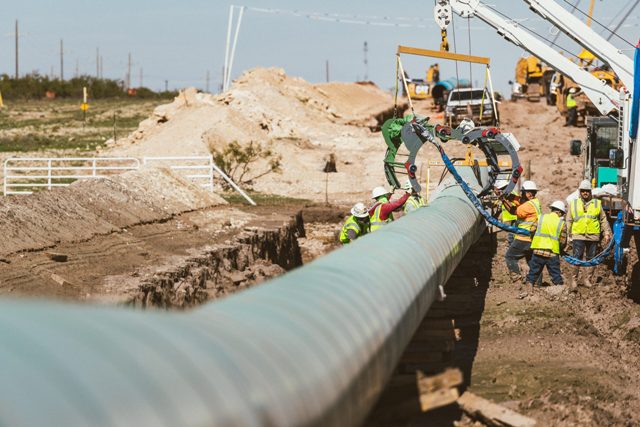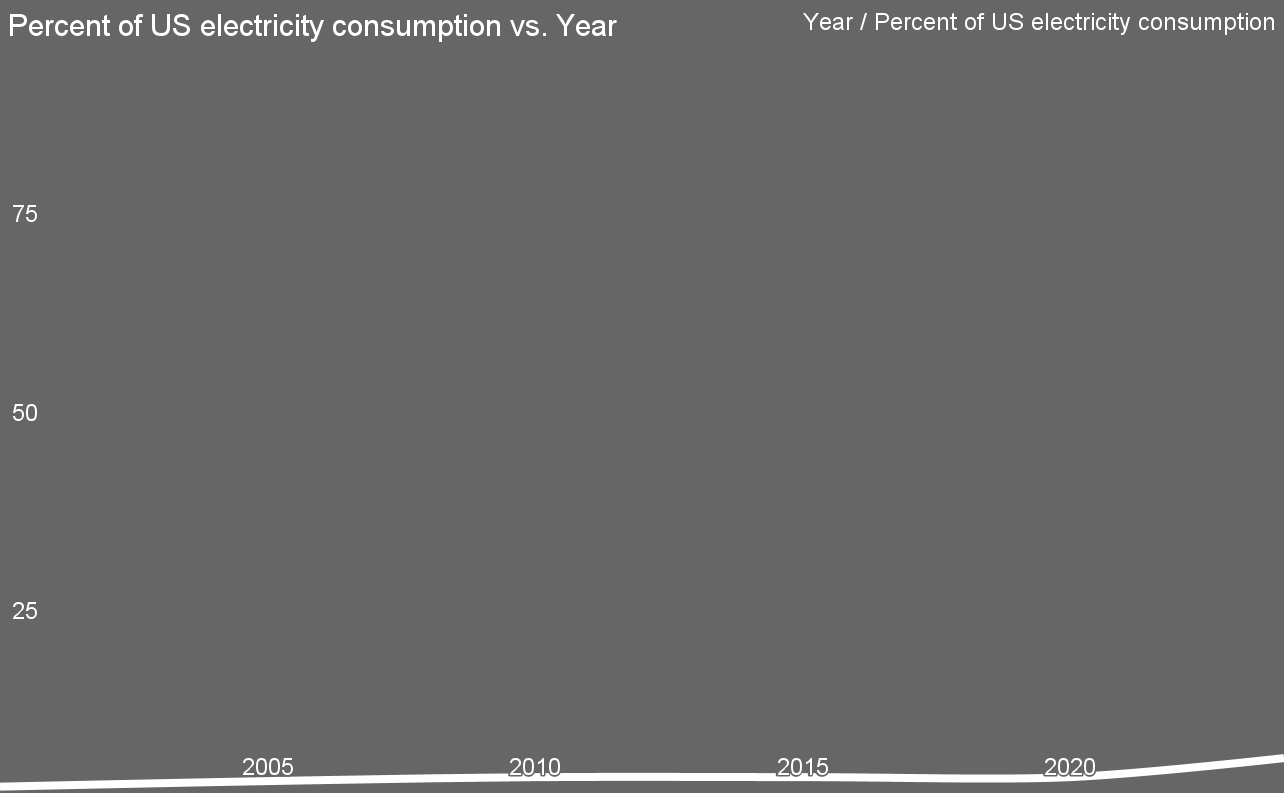London, November 18, 2025, (Oilandgaspress) ––Nigeria produced about 1.5 million b/d of crude oil and lease condensate in 2024, about a 31% decline from its production average in 2015. Nigeria’s crude oil and condensate production has declined during the last decade because of security-related incidents at its upstream facilities or midstream infrastructure that have led to disruptions and forced shut-ins, sometimes for a prolonged period. Nigeria’s producing fields are mature, which has led to a decline in production, and its crude oil infrastructure is aging and poorly maintained. Despite these challenges, Nigeria’s crude oil and condensate production has recovered from a 10-year low of 1.3 million b/d in 2022. This growth results from fewer disruptions and the commercial start of development projects such as the Akpo West, Ikike, and Utapate fields. These fields have provided a modest boost to production to help partially offset legacy production declines.

Nigeria has four state-owned refineries that collectively have a nameplate capacity of 445,000 b/d, which is nearly enough to meet all domestic demand. However, the refineries have remained offline for long-term maintenance or rehabilitation since 2020, with some instances of intermittent operations at significantly reduced capacity. It is unclear when these refineries will fully be brought back online. The Nigerian government also planned to construct smaller modular refineries, but the lack of financing has caused delays. The status of those modular refineries is unclear.
The Dangote refinery, a single-train refinery with a 650,000-b/d nameplate capacity, began commercial operations in January 2024 after years of delay. The Dangote refinery in the Lekki Free Zone near Lagos is Africa’s largest refinery as well as the world’s largest single-train refinery. Although it has been in operation for over a year, the Dangote refinery is still ramping up production and has experienced unplanned maintenance, labor disputes, and other operational issues that have led to reduced refinery runs, despite some trade press reports to the contrary In October 2025, Dangote Industries Ltd., which owns and operates the refinery through a subsidiary, announced that it plans to expand the refinery’s capacity to 1.4 million b/d; no other details pertaining to the schedule of the expansion were reported
According to the latest estimates in OPEC’s 2025 Annual Statistical Bulletin, Nigeria held an estimated 211.1 trillion cubic feet (Tcf) of proved natural gas reserves in 2024. Dry natural gas production in Nigeria averaged about 1.5 Tcf between 2014 and 2023, and dry natural gas consumption averaged 658 billion cubic feet (Bcf) over the same period.

Nigeria has a gas-to-liquids (GTL) plant at Escravos with a nameplate capacity of 33,000 b/d that is operated by Chevron (75%) in partnership with NNPC (25%). The Escravos GTL plant began operations in 2014 and can convert about 475 million cubic feet per day (MMcf/d) of natural gas into diesel, liquefied petroleum gas, and naphtha products, primarily for export.
Significant amounts of natural gas production in Nigeria are either re-injected or flared. Some of Nigeria’s oil fields lack the infrastructure to capture the natural gas produced with oil, known as associated gas. According to the latest estimates by the World Bank Group’s Global Flaring and Methane Reduction Partnership, Nigeria flared approximately 229 Bcf of natural gas in 2024, an increase of about 12% from the previous year, making it the seventh-highest flaring country by volume for the year
Nigeria mostly relies on fossil fuels, primarily natural gas, for power generation, but the country also employs some hydropower to meet its electricity needs. In 2023, Nigeria had a total electricity capacity of 14.1 gigawatts (GW), up from 10.6 GW in 2014. Nigeria generated about 42.5 gigawatthours (GWh) in 2023
Nigeria imports relatively higher volumes of petroleum products; volumes averaged about 376,000 b/d between 2020 and 2024. Almost 87% of this volume was gasoline and its blending components or diesel/gasoil products, which are used in the electric power and transportation sectors. Petroleum product imports into Nigeria have been gradually declining since 2021, a trend that is likely to continue as the Dangote refinery ramps up operations and provides more products for the domestic market, which will help offset product import demand.
Nigeria has only one LNG terminal currently in operation, and it is located at Bonny Island, which is also a major crude oil export hub. The Nigeria LNG (NLNG) terminal at Bonny Island began operations in 1999 and has six liquefaction trains operating, which have a total capacity of about 1.4 Tcf per year. Construction of a seventh train began in 2021; the operators aim to begin commercial operations by June 2026

The Nigerian government is seeking to expand its pipeline capacity domestically and across borders to increase both destinations and volumes of its natural gas exports. The Ajaokuta-Kaduna-Kano (AKK) pipeline is currently under construction and, once built, could transport natural gas from Ajaokuta and Abuja in central Nigeria to Kano state in northern Nigeria and provide natural gas feedstock for thermal power stations along its route. Although some progress in construction of the pipeline has been reported, a scheduled date for completion remains unclear.
Information Source: Read More
Oilandgaspress,oil market ,gas prices ,Oil and gas press, Energy , Climate, Gas,Renewable, Sustainability, Oil Price, LPG, Solar, Marine, Aviation, Fuel, Hydrogen, Electric ,EV, Gas,




